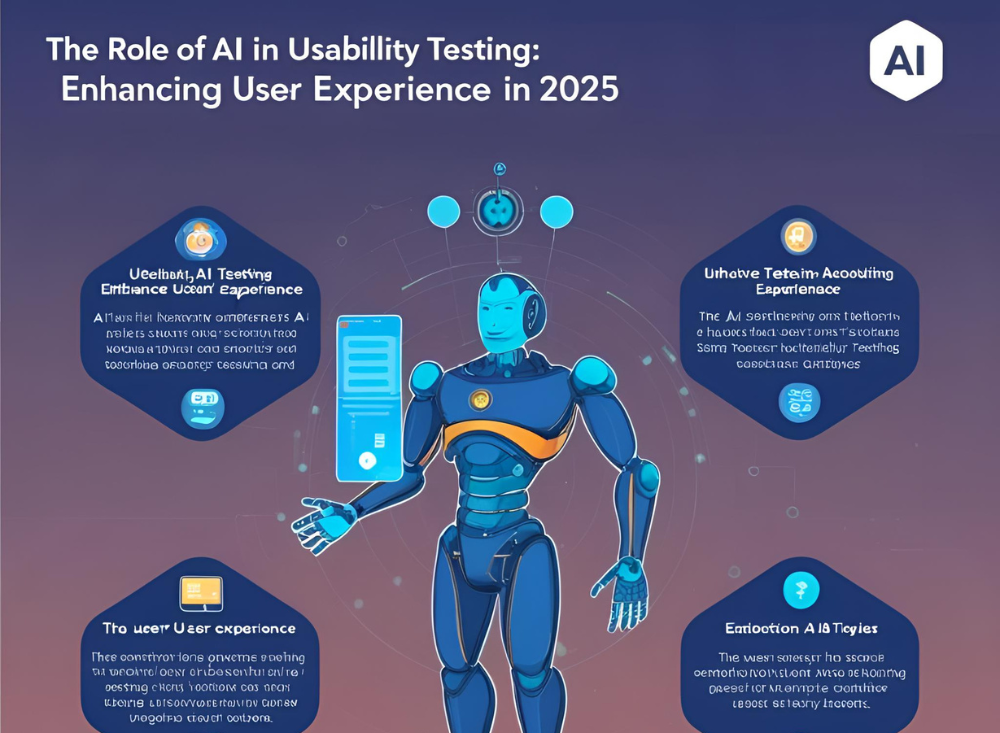
In 2025, user experience (UX) has become one of the most decisive factors in the success of digital products. As users expect seamless, intuitive, and personalized interactions, organizations are turning to artificial intelligence (AI) to elevate their usability testing strategies. AI is no longer just an analytical tool — it’s a creative partner in shaping better digital experiences.
From Manual Testing to Intelligent Insights
Traditional usability testing has often involved time-consuming processes: scheduling participants, recording sessions, gathering feedback, and manually analyzing results. While effective, these methods can be resource-intensive and slow to scale.
AI changes this by automating much of the data collection, analysis, and pattern recognition involved in usability testing. With AI, teams can now:
- Detect usability issues in real-time during beta testing
- Analyze user behavior at scale without compromising privacy
- Predict areas of friction based on historical data
- Recommend UX improvements proactively
Key Ways AI Enhances Usability Testing
1.Automated User Journey Analysis
AI tracks how users navigate through an application, identifying where they hesitate, abandon tasks, or repeat actions unnecessarily. These behavioral signals help pinpoint design flaws or confusing workflows that might be missed in smaller-scale tests.
2.Natural Language Processing for Feedback
By using NLP, AI can analyze qualitative feedback from users — be it survey responses, chat transcripts, or open-ended reviews — and extract common themes, emotions, and pain points with high accuracy.
3.Predictive Usability Modeling
AI models trained on millions of user interactions can predict how new users will behave on a redesigned interface before it even goes live. This reduces the need for repeated testing and shortens the feedback loop.
4.Personalization Testing at Scale
With AI, usability tests can simulate how different types of users — across age, location, experience level, or behavior — interact with a product. This ensures inclusivity and helps create more accessible and universally usable designs.
Real-World Applications
Forward-thinking platforms like Genqe.ai are already embedding AI into their usability testing tools, offering smart visual analytics, automated recommendations, and real-time feedback loops that allow design and product teams to iterate faster. These innovations are not just streamlining testing — they’re making user-centric design a built-in part of development.
Looking Ahead: AI and Human Empathy
While AI excels at identifying patterns, predicting behavior, and surfacing data-driven insights, it still relies on human empathy and creativity to design truly delightful user experiences. The future lies in synergy: AI handles the scale and speed, while humans infuse intuition and emotion into the final product.
Conclusion
AI-powered usability testing is revolutionizing how companies approach user experience. In 2025, it’s not just about finding what’s broken — it’s about proactively enhancing every digital interaction. By embracing these intelligent tools, organizations can craft experiences that are not only efficient but also deeply engaging and user-focused.